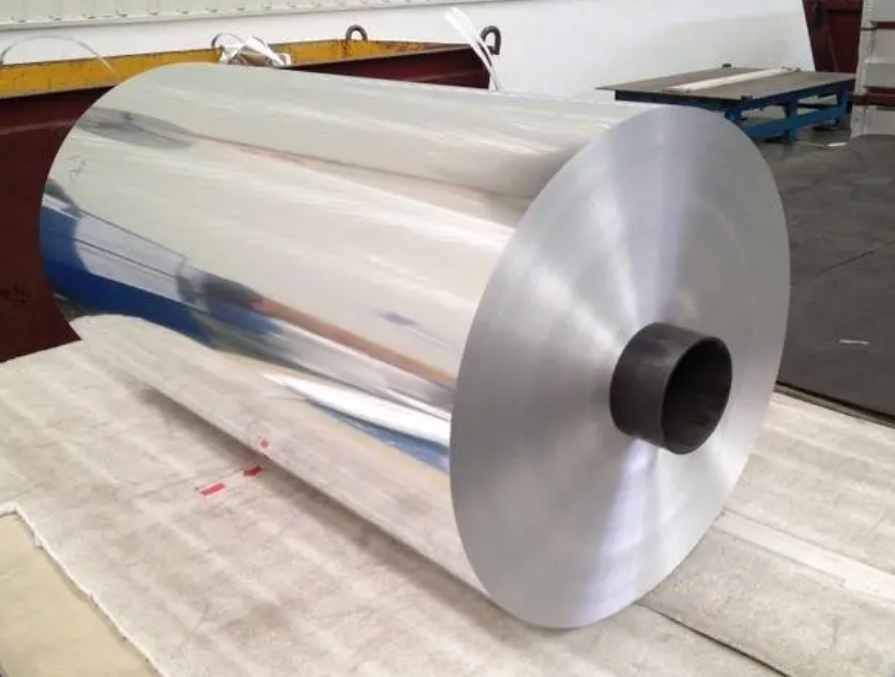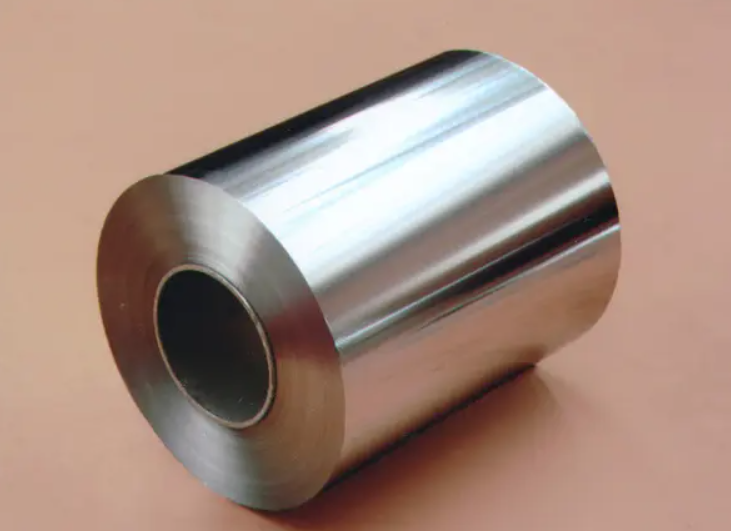Single-zero foil, known for its excellent properties and wide range of applications, is highly valued across various industries. Selecting the appropriate single-zero foil requires careful consideration of multiple factors to ensure it meets specific application needs. Here are the key points to consider when choosing the right single-zero foil.
Thickness Selection
The thickness of single-zero foil typically ranges from 0.01 mm to 0.1 mm. Choosing the appropriate thickness is crucial based on the application’s specific requirements. For example:
Food Packaging: Thinner single-zero foil is usually preferred for flexibility and ease of use.
Industrial Uses: Thicker single-zero foil might be necessary to provide better strength and durability.
Type d'alliage
Different aluminum alloys have distinct characteristics. Common single-zero foil alloys include the 1xxx, 3xxx, and 8xxx series.
1xxx Series: Pure aluminum foil, excellent conductivity and heat transfer but lower strength.
3xxx Series: Contains manganese, offering good corrosion resistance and moderate strength, suitable for general purposes.
8xxx Series: Contains a small amount of other elements, providing better formability and strength for specific high-demand applications.

Traitement de surface
Single-zero foil can undergo various surface treatments to enhance its performance and applicability.
Coating: Applying a protective film on the surface to enhance corrosion resistance and aesthetics.
Anodizing: Electrolytic treatment to form an oxide layer on the surface, increasing hardness and wear resistance.
Printing: Printing on the aluminum foil surface to meet packaging aesthetics and branding needs.
Barrier Properties
Select single-zero foil with different barrier properties based on the application needs.
High Barrier: Suitable for packaging that requires long-term preservation, such as food and pharmaceuticals.
Medium Barrier: Suitable for general packaging and preservation applications.
Propriétés mécaniques
Consider the strength, ductility, and flexibility of the single-zero foil to ensure it doesn’t break or get damaged during processing and use.
High Strength: Suitable for applications that need to withstand pressure and friction, like industrial packaging.
High Flexibility: Suitable for applications that require frequent bending and stretching, such as household foil and cooking foil.
Environmental Friendliness and Recyclability
Choosing environmentally friendly and recyclable single-zero foil helps reduce pollution and resource waste. Ensure that the aluminum foil provided by the supplier meets relevant environmental standards and certifications.

Supplier Reputation
Choose suppliers with a good reputation and quality assurance to ensure the stability and reliability of the single-zero foil. Consider customer reviews, production qualifications, and after-sales service when selecting a supplier.
Conclusion
Selecting the right single-zero foil involves considering factors like thickness, alloy type, surface treatment, barrier properties, mechanical properties, environmental friendliness, and supplier reputation. By understanding these factors and aligning them with specific application requirements, you can ensure that you choose the most suitable single-zero foil, maximizing its performance and providing reliable solutions for various applications.


